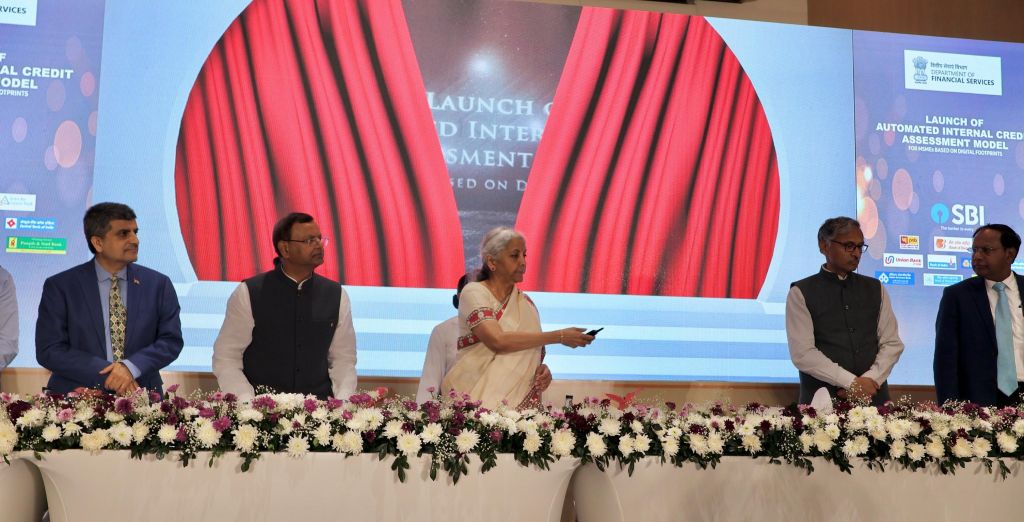The central government has launched a much-needed new credit assessment model for the Micro, Small, and Medium Enterprises (MSMEs) that aims to simplify the credit approval process as well as cover the MSMEs without a formal accounting system. The new credit assessment model will be based on the scoring of digital footprints of the companies instead of traditional methods.
The Union finance minister Nirmala Sitharaman and Minister of Odisha State for Finance Shri Pankaj Chaudhary unveiled the details on a post-budget interaction in Vishakhapatnam on March 06, 2025. The model was proposed in union budget 2024-2025 with the objective that the Public Sector Banks (PSBs) will build the in-house capacity to evaluate MSMEs for credit instead of relying on external assessment.
How New credit assessment model works?
The new credit assessment model is based on scoring of digital footprints of MSMEs. What it means is that the model uses real-time verifiable data from various digital sources within the ecosystem to evaluate whether or not the MSMEs are creditworthy, reducing dependence on the self-reported financial information.
The new model will also use AI to automate decision making to process applications and minimize human bias for fast loan approvals. The new model will cover both existing and new MSMEs.
What are Digital Footprints used?
The new model will use following data points to create a MSME’s credit profile:
- Name and PAN authentication using National Securities Depository Limited (NSDL).
- Mobile and email verification using OTP
- GST data retrieval through authorised service providers
- Bank statement analysis using the account aggregator framework
- Uploading and verification of ITR for financial history valuation
- Commercial and consumer bureau reports for credit history details using Central Information Commission (CICs)
- Fraud checks and due diligence using APIs like Hunter checks.
Advantages for MSMEs
- With increasing digitalisation, the newly introduced digital-first approach to credit assessment brings many advantages for the MSMEs.
- Faster Online process: From applying online to submitting documents, the whole process is online removing the need to visit the bank or doing endless paperwork.
- Faster approval: The new model is expected to disburse loans faster due to its use of AI reducing wait times for the MSMEs.
- There will be no need of physical collateral for loans covered under the Guarantee Fund Trust for Micro and Small Enterprises.
- The new model also aims to be more fair and transparent due to its use of digital data points and automation of the lending process.
New credit assessment model vs traditional model: What’s different?
While many points in the basis for creditworthiness may remain the same, the overall framework brings new process as well as a whole new set of MSMEs under its umbrella.
| Feature | Traditional Model | New Model |
| Creditworthiness basis | Revenue, Asset-based and collateral | Digital data, transaction history |
| Processing Time | Weeks to months | Instant and/or fast |
| Paperwork | Huge number of physical copies of documents | paperless, online only |
| Assessment approach | manual verification | automated using AI tools |
| Accessibility | Limited to formal MSMEs | covers informal and new MSMEs |
Conclusion
I think it’s about time that the lending institutions start using the digital footprints of a company other than the traditional data points. While time-old data points such as turnover, assets and collaterals etc are important, this transition will be beneficial in expanding the financial inclusion to new MSMEs and the ones without any formal accounting. And the framework’s use of the AI-driven tools will result in faster processing and reducing turnaround time, making more MSMEs grow.
